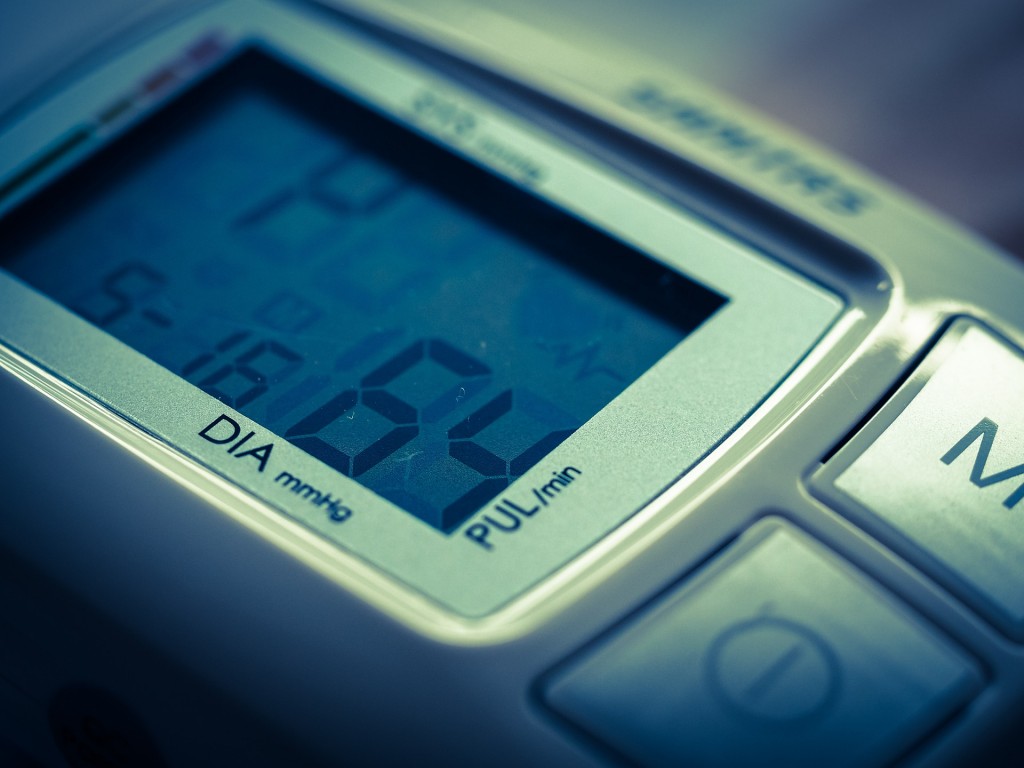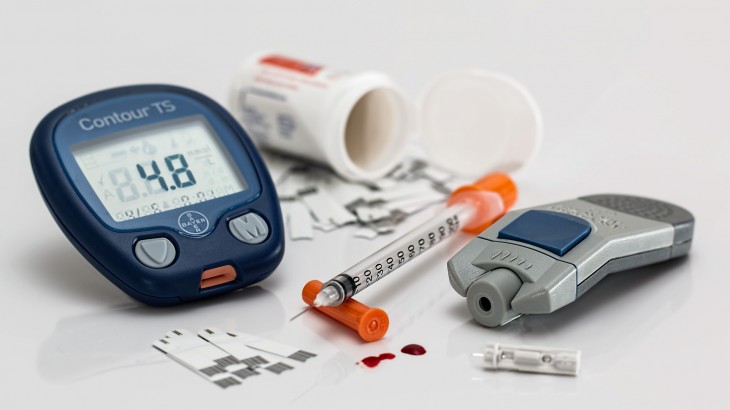Internet of Things, or going by the colloquial name, IoT in Healthcare is a concept which is making waves and creating a resonance within the realm of the healthcare industry. Although it isn’t a novel subject, it does hold more water today considering the other technological advancements with pertinence to healthcare at large.
What is IoT in terms of Healthcare?
But what is the precise meaning of IoT with relevance to the healthcare industry?
If delineated to a layman, IoT is nothing but the deft usage of electronic mechanisms and devices which record as well as control and administer data while being annexed to a cloud (public/private). This facilitates automatic prompting of consequential events. This mechanism ensures adroit functioning of medical facilities like hospitals and nursing homes while establishing a coherent line of communication between divisions.
IoT Devices in Healthcare
Multifarious IoT devices are applied to the healthcare industry to make the process of hospital management, data monitoring as well as over-all administration efficient as well as timely. These devices could range from medical mobile apps to wearable devices (generally worn in the form of wrist bands).
Some of the most innovative IoT devices which are vigorously utilised by hospitals and medical facilities across the globe are Urosense by Future Path Medical, the Medication Dispensing System introduced by Philips and Niox Mino by Aerocrine.

These devices may sound intricate and complex but their applications can be construed by anyone who doesn’t have the technological acumen or medical experience:
Urosense by Future Path Medical:
Future Path Medical’s latest innovation, UroSense™, is a urine management system developed and designed to computerise the urine output and core body temperature, otherwise known as CBT, by assimilating data obtained from catheterised patients.
By a mechanised administration of these body vitals, care and treatment for ailments like kidney injury, prostate tumours or even cardiac dysfunction can be elicited in a time-efficient manner.
Medication Dispensing System by Philips:
The Medication Dispensing System by Philips was conceptualised bearing in mind the predicaments faced by senior-citizens who have complex medication regimens. This mechanism automates the entire tablet-taking process by inducing single dosages into the machine which will be programmed to eject the right medication at the right time, thereby avoiding any erroneous ingestion of pills. Patients who are monitored on a 24 hours basis benefit greatly from this system.
Niox Mino by Aerocrine:
Niox Mino by Aerocrine is a mechanism which administers exhaled nitric oxide (NO) facilitating both research as well as clinical practice. The quantification of NO is measured in an accurate manner to provide the correct concentration of NO.
To conclude, IoT is a game-changer for the healthcare industry as it is gradually evolving the process of data administration as well as patient care in order to contrive a deft and efficient sphere of healthcare wherein every procedure is monitored punctiliously.






